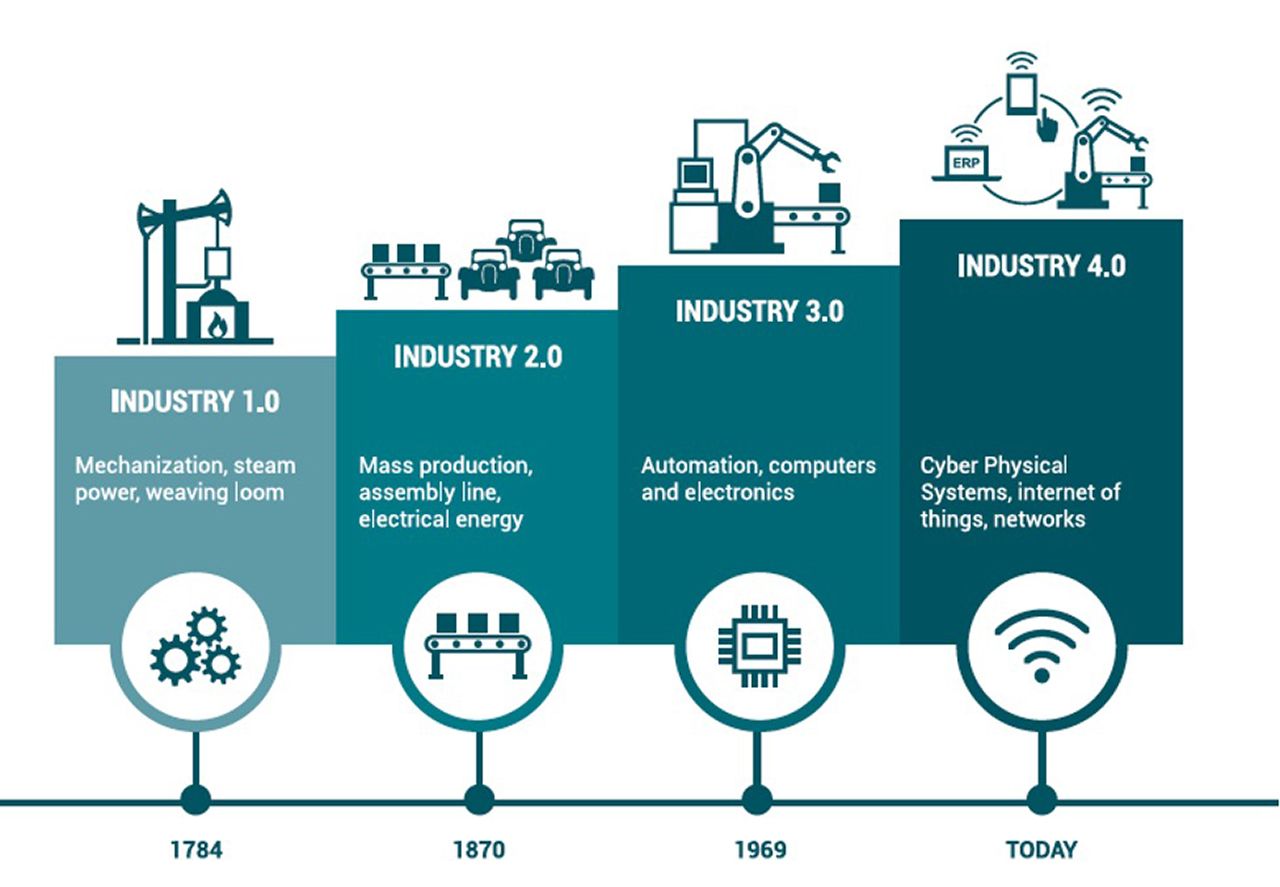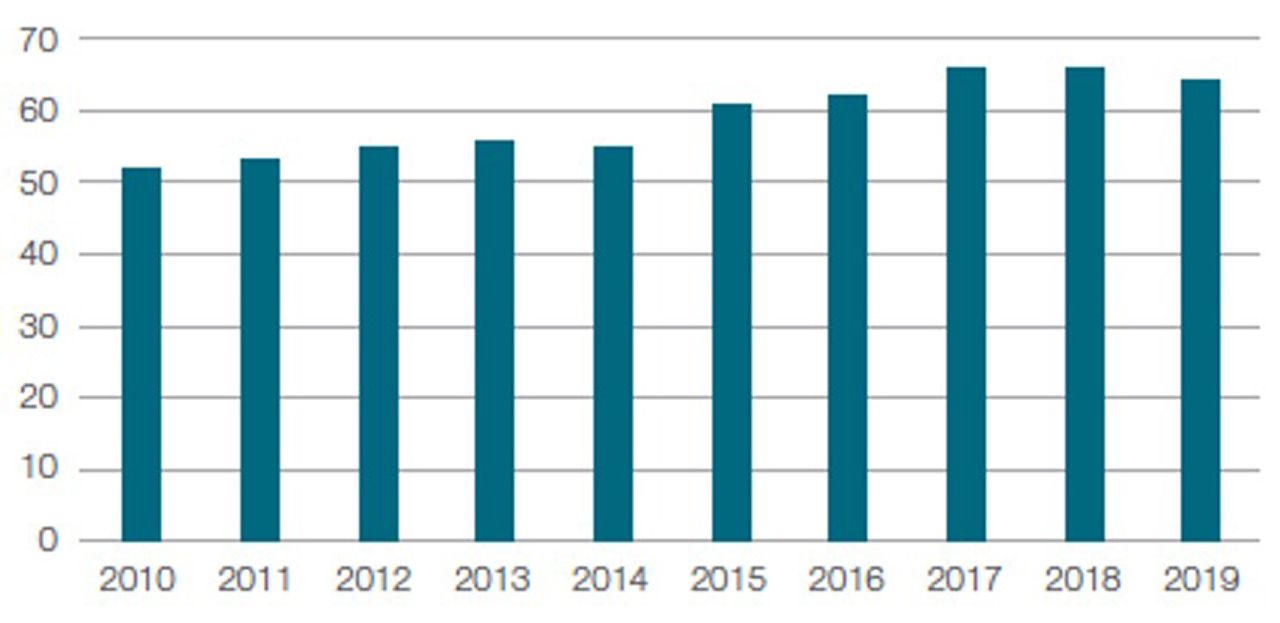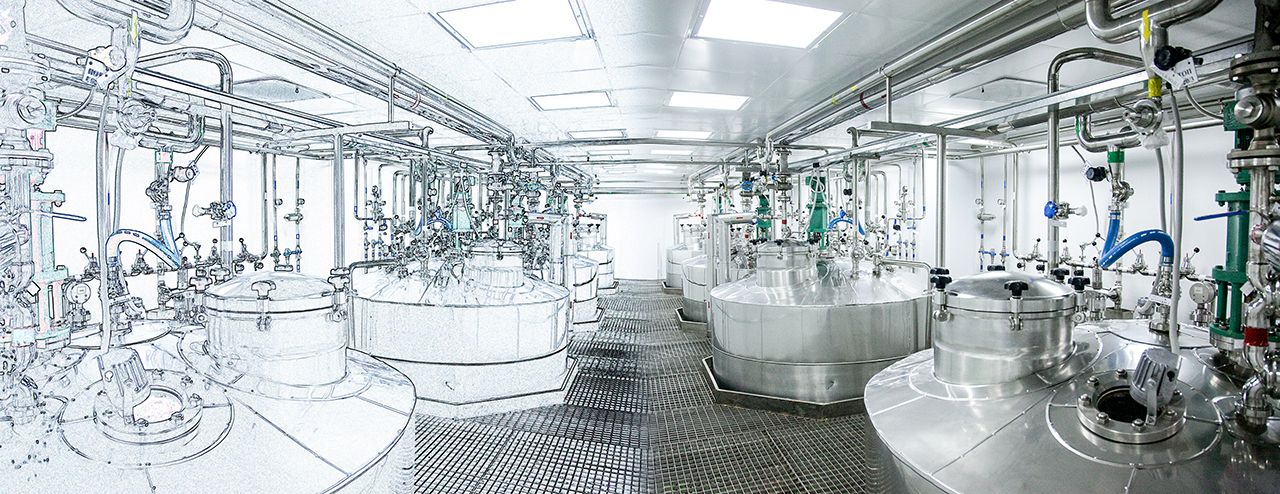Strengthening Data Integrity and Traceability
The move to continuous manufacturing and Pharma 4.0 is resulting in a more data-driven approach to bio/pharma development. Enabling this approach are innovative data systems that can help users improve product quality while facilitating audit-trail review. First used with chromatography, they are now being applied to mass spectrometry.
There is no question that drug development has become more complex, as the variety of therapies and underlying processes increase. The quality and safety of any drug still depends on the integrity and traceability of data collected during its development and manufacturing cycles. Global regulatory agencies have set strict guidelines to ensure data integrity (1–4), and what the US Food and Drug Administration (FDA) calls the “completeness, consistency, and accuracy” of data (1).
Adding to the increased complexity of the processes involved is the sheer volume and range of data, which has made it more challenging to ensure data integrity and traceability. This complexity poses risks to companies and the entire pharmaceutical supply chain, as noted in a recent report from the US Office of Inspector General (5).
Figure 1. The evolution from Industry 1.0 to Industry 4.0 included many of the advances in technology that will help drug manufacturers realize Pharma 4.0.

Two trends are converging, however, that promise to simplify the task of tracing and analyzing data. First is the increased interest in moving from traditional batch to continuous processing, and second is the growing use of Pharma 4.0 concepts, which use real-time data monitoring and analysis to improve process knowledge and control, plus product quality. The evolution of industry in general reflects many of the advances that will contribute to Pharma 4.0 (Figure 1).
Continuous processes can be set up and run more quickly than traditional batch procedures. A continuous process also reduces the need for operator intervention and allows inline monitoring to be used so that improvements may be made during production. However, on the front end, continuous methods require much more knowledge about the production process, which can only come from analyzing development data.
Pharma 4.0 promises to address some of the pharmaceutical industry’s top challenges: ensuring data integrity and drug quality (Figure 2); stopping drug shortages; and dealing with the increasing number of complex biologically based drugs. Consequently, Pharma 4.0 initiatives have been driving increased use of chromatography data systems (CDS) designed to run the platforms and collect, analyze, and manage the generated data. This same type of software is now being used to control mass spectrometry (MS) instrumentation. Using a single software platform enables data to be stored in one location, simplifies the management of information throughout a drug’s lifecycle, and creates consolidated audit trails.
Figure 2. Regulatory inspections in China, India, and the United States found increasing violations. These data include violations rated as “voluntary action needed” and “official action needed.”

Methods for better monitoring
Generally, for complex biopharmaceuticals, each step in the manufacturing process must be monitored more carefully, a requirement that becomes even more important with continuous processing. Consequently, approaches such as process analytical technology (PAT) and multi-attribute method (MAM) workflows will be required to help drug manufacturers understand and control the processing of biologically based drugs.
Drug manufacturers use MAM to characterize and quantify the quality attributes of biopharmaceuticals. MAM increases the efficiency of development by employing MS or, more recently, high-resolution accurate mass (HRAM) to replace numerous conventional lot-release techniques with a single verified and fully supported analytical workflow. For example, a HRAM-MAM can be designed to analyze the critical quality attributes (CQAs) of therapeutic monoclonal antibodies. In such a workflow, liquid chromatography (LC) can be used for protein separation followed by high-resolution MS, and a CDS can be used to collect the results. Peptide mapping identifies the product quality attributes (PQAs) that are critical for further monitoring and the CDS quantifies the CQAs, such as glycosylation, isomerization, and other features. HRAM-MAM can also be used to detect new peaks in samples that have been stressed using heat treatment or spiked with a contaminant. This workflow could be used in various stages of drug development or for quality control.
Software has been developed for MS to collect, analyze, and manage data. Drug manufacturers can also use this information to meet regulatory guidelines. For example, some pharmaceutical manufacturing processes can produce genotoxic impurities, such as N-nitrosodimethylamine and other nitrosamines, which are potentially carcinogenic. With ultra-high-performance LC (UHPLC) followed by very sensitive MS, scientists can identify nitrosamines, which are typically found at trace levels in a complex matrix. Such workflows can accurately detect nitrosamines, even at levels as low as 0.5 nanograms/milliliter, or 17 parts per billion.
Improving the audit trail
A crucial element of improving data analytics is ensuring that CDS meet 21 CFR Part 11 requirements (6). But even guidelines like 21 CFR Part 11 cannot guarantee better products. Establishing a clear audit trail is an important step in helping to ensure confidence in the quality of a drug. As described by the International Society for Pharmaceutical Engineering, an audit trail review is not simply a confirmatory check to verify that the audit-trail record is capturing and collecting entries based on what, when, why, and where they were necessary. It is also about assessing the records within the context of overall business processes, which requires a solid understanding of those processes and the systems and procedures that support them (7).
CDS should provide an audit trail that covers a minimum of three main categories: instrument; data; and user and administrative administration. In the instrument category, for example, CDS can track configuration and operation. The data category can track instrument methods, sequences, chromatograms, electronic reports, and more. Meanwhile, the administrative section can log the users and when they use the system, as well as including global policies and other information.
From this combination of information, a manufacturer or regulator can review and assess the complete history of chromatography tests run during the manufacturing process. For example, if an instrument experienced any problems during testing, that could be easily determined. The crucial objective is using software to create an audit trail that preserves data integrity and makes it traceable.
Tracking with CDS
Audit trail reviews pose a number of challenges. Firstly, audit trails can have large numbers of entries. They must be regularly reviewed to ensure compliance. Many users may find it difficult to identify which entries to review, and a considerable amount of information must be understood and managed before the review can even begin.
CDS are being developed to address these shortcomings.One new approach is adding a query feature to make it easier to interrogate an audit trail with direct questions, such as when a sequence was restarted or whether or not it was aborted. Another improvement has been automating software to reduce the need for operator intervention, for example, in detecting quality issues.
Eventually, CDS will be optimized to automatically analyze an audit trail, and then provide an initial assessment of data-integrity risk. By automating audit trail reviews and many other mechanisms, manufacturers will learn more about the development and processing of a drug, which will improve the ability to detect deviations from an intended method.
Getting to Pharma 4.0
In 2019, FDA reported that 62% of drug shortages arose from product-quality problems (8), emphasizing the need for better quality-management systems. Embracing advances in technology will help drug manufacturers pursue that goal. For instance, companies can use digital-twin technology (Figure 3) to analyze data in real time to avoid problems before they happen. Here, manufacturers will continually compare data from the real process with data expected by the digital-twin and adjust the manufacturing process as needed.
Figure 3. With digital-twin technology, a virtual simulation runs in parallel with a real-world bioprocess.

Pharma 4.0 promises to improve the complete drug-manufacturing ecosystem through a range of advances, including more sophisticated data collection and utilization, as well as using digital-twin methods and other technologies. More sophisticated analytical testing plus advanced software control and analysis are already creating the foundation that will make Pharma 4.0 a reality.
References
1. FDA, Data Integrity and Compliance With Drug CGMP: Questions and Answers Guidance for Industry (December 2018).
2. FDA,Part 11, Electronic Records; Electronic Signatures - Scope and Application (September 2003).
3. MHRA,‘GXP’ Data Integrity Guidance and Definitions (March 2018).
4. EMA,Guidance on Good Manufacturing Practice and Good Distribution Practice: Questions and Answers (2018).
5. US Department of Health and Human Services (Office of Inspector General), Ownership—But Not Physical Movement—of Selected Drugs Can Be Traced Through the Supply Chain (February 2020).
6. International Society for Pharmaceutical Engineering,GAMP RDI Good Practice Guide: Data Integrity - Key Concepts (October 2018).
7. FDA,Drug Shortages: Root Causes and Potential Solutions (March 2020).
About the Author
Peter Zipfell is a product marketing manager for Thermo Fisher Scientific
Drug Solutions Podcast: A Closer Look at mRNA in Oncology and Vaccines
April 30th 2024In this episode fo the Drug Solutions Podcast, etherna’s vice-president of Technology and Innovation, Stefaan De Koker, discusses the merits and challenges of using mRNA as the foundation for therapeutics in oncology as well as for vaccines.
Drug Solutions Podcast: Applying Appropriate Analytics to Drug Development
March 26th 2024In this episode of the Drug Solutions Podcast, Jan Bekker, Vice President of Business Development, Commercial and Technical Operations at BioCina, discusses the latest analytical tools and their applications in the drug development market.